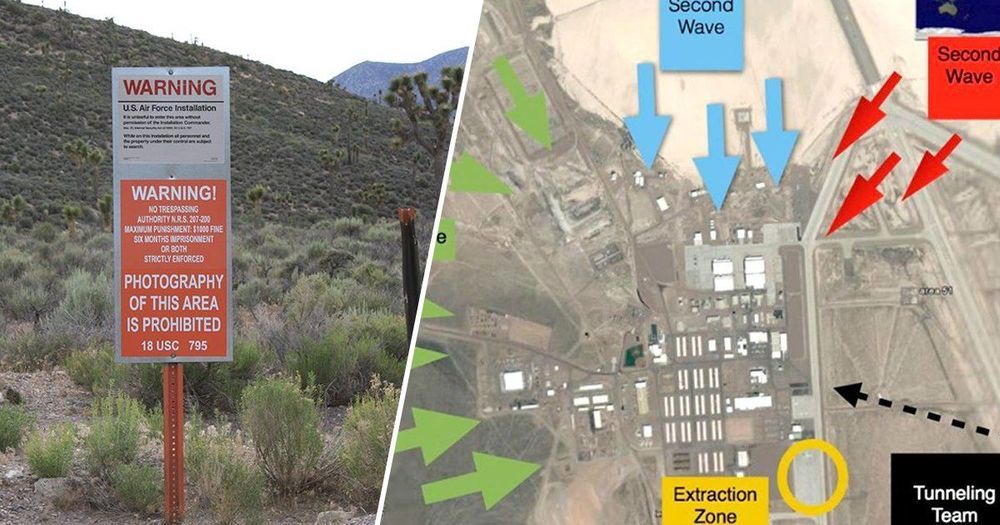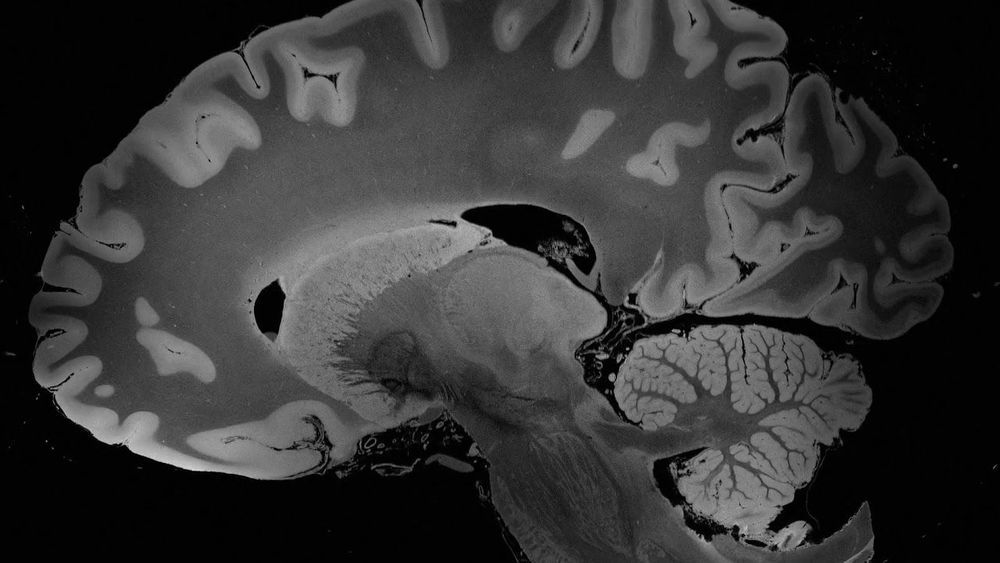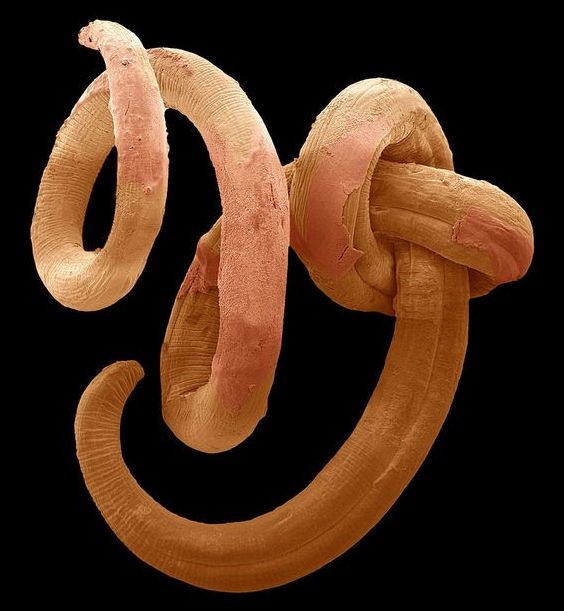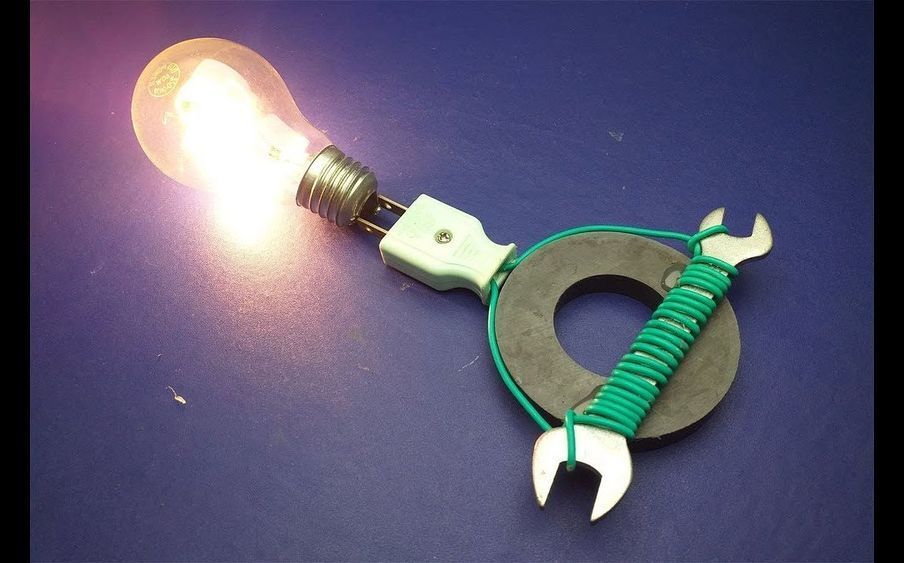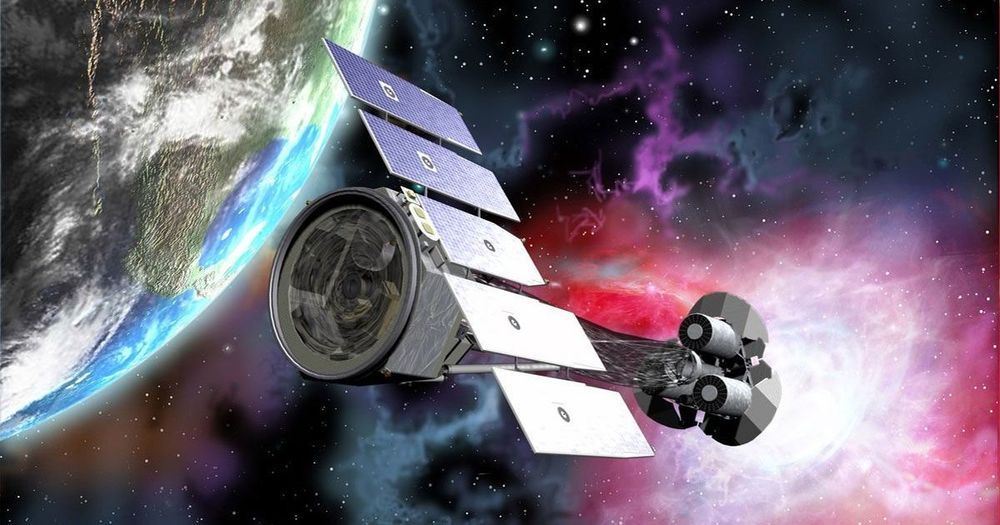Page 8595
Jul 10, 2019
A 100-hour MRI scan captured the most detailed look yet at a whole human brain
Posted by Paul Battista in categories: biotech/medical, neuroscience
Jul 10, 2019
Gut worms were once a cause of disease, now they are a cure Essays
Posted by Paul Battista in categories: biotech/medical, health, neuroscience
We need worms
You might think they are disgusting. But our war against intestinal worms has damaged our immune systems and mental health.
William Parker
Jul 10, 2019
The Strongest Man in History: Mast Lift Challenge | Exclusive | History
Posted by Quinn Sena in category: entertainment

The strongmen warm-up by lifting a 900 pound mast before an even heavier challenge in this digital exclusive from “Stronger Than a Viking”. #StrongestMan
Subscribe for more from Strongest Man in History and other great HISTORY shows: http://po.st/SubscribeToHistory
Find out more about the show and watch full episodes on our site:
http://po.st/the-strongest-man-in-history
Continue reading “The Strongest Man in History: Mast Lift Challenge | Exclusive | History” »
Jul 10, 2019
( New ) Free Energy Using Magnets Technology for Generator At Home
Posted by Quinn Sena in category: energy
Jul 10, 2019
A Link Between Telomere Shortening and Species Aging
Posted by Steve Hill in categories: biotech/medical, genetics, life extension
A recently released study from Maria Blasco and her team of researchers at the Spanish National Cancer Research Center (CNIO) shows that the rate of telomere shortening is strongly correlated with the maximum lifespan of animal species.
Telomeres
Telomeres, which are simply repeating segments of DNA on the ends of our chromosomes, serve two critical functions: They protect the ends of our chromosomes, preventing genetic damage, and they serve as a clock, limiting the number of times that our cells can divide. This limit, known as the Hayflick limit, serves as a basic defense against cancer. However, telomere attrition is a primary hallmark of aging and leads to cellular senescence and other age-related disorders.
Jul 10, 2019
SpaceX Scores NASA Contract to Launch Black Hole Spacecraft
Posted by Quinn Sena in categories: cosmology, physics, space travel
“We cannot directly image what’s going on near objects like black holes and neutron stars, but studying the polarization of X-rays emitted from their surrounding environments reveals the physics of these enigmatic objects,” Paul Hertz, director of NASA’s astrophysics division, said in a statement at the time. The project, he said, “will open a new window on the universe for astronomers to peer through.”
A preliminary launch date is set for April 2021 on a Falcon 9 rocket from Launch Complex 39A in Florida. It’s unlikely it will take up the full payload of the rocket, as SpaceNews.com points out.
READ MORE: SpaceX contracted by NASA to launch black hole and neutron star research craft [TechCrunch].
Jul 10, 2019
Decoding the Axolotl genome
Posted by Quinn Sena in categories: biotech/medical, genetics
A team of researchers led by scientists in Vienna, Dresden and Heidelberg has decoded the entire genetic information of the Mexican salamander axolotl. The axolotl genome, which is the largest genome ever to be sequenced, will be a powerful tool to study the molecular basis for regrowing limbs and other forms of regeneration.
Salamanders have long served as valuable biological models for developmental, regeneration and evolutionary studies. In particular, the Mexican axolotl Ambystoma mexicanum has received special attention due to its astounding ability to regenerate body-parts. If the cannibalistically inclined animal loses a limb, it will regrow a perfect substitute within weeks, complete with bones, muscles and nerves in the right places. Even more fascinating, the axolotl can repair severed spinal cord and retinal tissue. These qualities and the relative ease in breeding have made it a favourite biological model, cultivated in the lab for more than 150 years.
Jul 10, 2019
Lack of standards leads to new Bitcoin wallet advice
Posted by Philip Raymond in categories: bitcoin, cryptocurrencies, economics
This update is an adaptation of my recent answer to a Quora reader who was in a panic. She asked:
“What can I do after a hard drive crash?
How can I recover my cryptocurrency?”
In the past, I would address the immediate problem of course. (My answer is below). But to prepare for the next unfortunate event, I recommended a wallet type based on a user’s unique experience, expertise and comfort zone. I guided the reader to weigh trade-offs of important criteria: Security, portability, convenience, and quick access to assets).
I had believed that some types of wallets were better for some individuals, but that they required a background in cryptography—or at least a discipline for meticulous practices. As CEO of the Cryptocurrency Standards Association, I had also believed that simple, unified, and popular standards would emerge very soon. I figured that this would enable users to practice safe-wallet maintenance in their own homes.
Continue reading “Lack of standards leads to new Bitcoin wallet advice” »
Jul 10, 2019
Physicists’ finding could revolutionize information transmission
Posted by Quinn Sena in categories: particle physics, quantum physics
Move aside, electrons; it’s time to make way for the trion.
A research team led by physicists at the University of California, Riverside, has observed, characterized, and controlled dark trions in a semiconductor—ultraclean single-layer tungsten diselenide (WSe2)—a feat that could increase the capacity and alter the form of information transmission.
In a semiconductor, such as WSe2, a trion is a quantum bound state of three charged particles. A negative trion contains two electrons and one hole; a positive trion contains two holes and one electron. A hole is the vacancy of an electron in a semiconductor, which behaves like a positively charged particle. Because a trion contains three interacting particles, it can carry much more information than a single electron.
